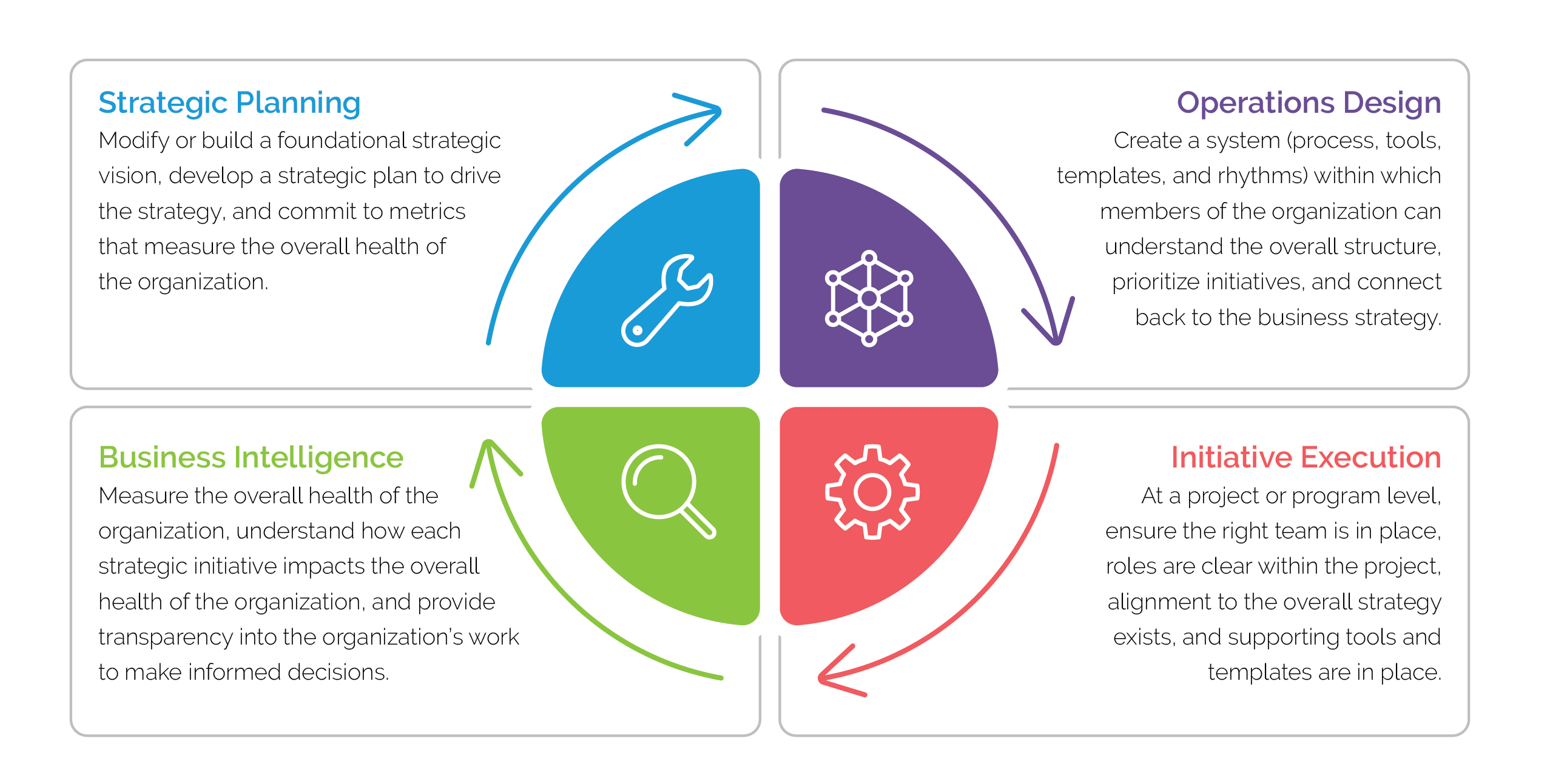The Ultimate Guide To Understanding HUB Operations, Risks, And Alternatives
Hey there, tech-savvy friend! If you’ve ever wondered what makes a HUB tick and how it plays such a pivotal role in today’s interconnected world, you’re in the right place. HUBs are like the unsung heroes of modern systems, quietly humming behind the scenes to keep everything running smoothly. Whether you’re diving into IT infrastructure, logistics networks, or even social platforms, understanding HUB operations is essential. So, let’s break it down together and uncover the magic that happens behind the curtain.
A HUB, in its simplest form, acts as a central connection point for devices, data, or even people. Think of it like a bustling train station where every train (or device) needs to pass through to reach its destination. But here’s the catch—just like any train station, things can go sideways if not managed properly. That’s why understanding the risks and exploring alternatives is crucial. Stick around, and we’ll explore everything you need to know about HUBs.
Let’s not sugarcoat it—HUBs aren’t perfect. While they’re fantastic for streamlining operations, they come with their own set of challenges. By the end of this guide, you’ll have a solid grasp of how HUBs work, the risks involved, and some exciting alternatives that might just blow your mind. So, grab a coffee, sit back, and let’s dive into the world of HUBs!
Read also:Exploring The Timeless Magic Of Patti Labelle Songs A Journey Through Her Musical Legacy
What Exactly is a HUB?
Defining the HUB: At its core, a HUB is a device or system that connects multiple entities, whether they’re computers, networks, or even people. It serves as the central point where information flows in and out. Without a HUB, devices would struggle to communicate effectively, leading to chaos and inefficiency. Imagine trying to navigate a city without traffic lights—yep, that’s exactly what a HUB prevents in the digital world.
Key Functions of a HUB
Now, let’s zoom in on the key functions of a HUB. These bad boys are designed to handle data traffic like a pro. Here’s what they do:
- Facilitate communication between devices
- Streamline data flow to reduce bottlenecks
- Act as a central point for managing and monitoring connections
- Support scalability, allowing more devices to join the network
But wait, there’s more! HUBs come in different flavors, from physical devices like network HUBs to virtual platforms that connect users across the globe. Each type has its own strengths and limitations, which we’ll explore later.
Why Are HUBs So Important?
Understanding the Role of HUBs: HUBs play a critical role in modern systems, and their importance cannot be overstated. In the world of networking, for example, HUBs ensure that data packets are delivered to the right destination without getting lost in cyberspace. In logistics, HUBs act as distribution centers, optimizing the flow of goods and services. Even in social platforms, HUBs serve as the glue that holds communities together.
Here’s a fun fact: Did you know that Amazon’s success is partly due to its massive logistics HUBs? These centers handle millions of packages daily, ensuring that your favorite products arrive at your doorstep on time. Without HUBs, businesses would struggle to keep up with demand, leading to delays and dissatisfied customers.
Industries That Rely on HUBs
Let’s take a closer look at the industries that rely heavily on HUBs:
Read also:Discover The Vibrant Campus Life At College Of Staten Island
- IT Infrastructure: Networks depend on HUBs to ensure seamless communication between devices.
- Logistics and Supply Chain: HUBs streamline the movement of goods, reducing costs and improving efficiency.
- Financial Services: Payment HUBs process millions of transactions daily, ensuring secure and reliable financial operations.
- Social Platforms: Online HUBs connect users, enabling collaboration and communication on a global scale.
As you can see, HUBs are the backbone of many industries, making them indispensable in today’s fast-paced world.
Risks Associated with HUB Operations
Every Silver Lining Has a Cloud: While HUBs are incredibly useful, they’re not without risks. One of the biggest concerns is the potential for single points of failure. If a HUB goes down, it can disrupt entire systems, causing chaos and downtime. Imagine a power outage at a major airport HUB—flights would be canceled, passengers stranded, and chaos would ensue.
Common Risks of HUBs
Here are some of the most common risks associated with HUB operations:
- Security Threats: HUBs can be targeted by cybercriminals, leading to data breaches and financial losses.
- Scalability Issues: As networks grow, HUBs may struggle to keep up, leading to performance bottlenecks.
- Maintenance Challenges: Keeping HUBs up and running requires constant monitoring and upkeep, which can be costly.
- Dependency Risks: Organizations may become overly reliant on HUBs, making it difficult to switch to alternative solutions.
It’s crucial to mitigate these risks by implementing robust security measures, investing in scalable infrastructure, and having backup plans in place. Remember, prevention is always better than cure!
Alternatives to Traditional HUBs
Exploring the Alternatives: While HUBs are great, they’re not the only game in town. Depending on your needs, there are several alternatives that might work better for your situation. Let’s take a look at some of the most popular options:
1. Switches
Switches are a popular alternative to traditional HUBs, especially in networking environments. Unlike HUBs, switches direct data packets to specific destinations, reducing unnecessary traffic and improving performance. Think of a switch as a smart traffic cop that knows exactly where to send each vehicle.
2. Cloud-Based Solutions
Cloud platforms offer a flexible alternative to physical HUBs. They allow organizations to scale their operations without the need for expensive hardware. Plus, they come with built-in security features and disaster recovery options, making them a reliable choice for businesses of all sizes.
3. Decentralized Networks
Decentralized networks distribute data across multiple nodes, eliminating the need for a central HUB. This approach offers greater resilience and reduces the risk of single points of failure. While it may not be suitable for all applications, decentralized networks are gaining popularity in industries like blockchain and peer-to-peer systems.
Best Practices for Managing HUB Operations
Staying Ahead of the Game: To ensure smooth HUB operations, it’s essential to follow best practices. Here’s what you need to do:
- Implement robust security protocols to protect against cyber threats.
- Regularly update and maintain your HUB to prevent downtime.
- Monitor performance metrics to identify and address issues before they escalate.
- Invest in scalable infrastructure to accommodate future growth.
By following these best practices, you can maximize the efficiency and reliability of your HUB operations. Remember, a well-managed HUB is a happy HUB!
Case Studies: Real-World Examples of HUB Success
Learning from the Best: Let’s take a look at some real-world examples of HUB success stories. These case studies highlight the power of HUBs in action:
1. Amazon’s Logistics HUBs
Amazon’s logistics HUBs are a masterclass in efficiency. By strategically placing distribution centers around the world, Amazon has revolutionized the way goods are delivered. Their HUBs handle millions of packages daily, ensuring lightning-fast delivery times and customer satisfaction.
2. Google’s Data Centers
Google’s data centers act as HUBs for their vast network of services. These centers process trillions of searches each year, powering everything from Gmail to YouTube. By investing in cutting-edge technology and renewable energy, Google has set the standard for data center operations.
3. Social Media Platforms
Social media platforms like Facebook and Twitter serve as virtual HUBs, connecting billions of users worldwide. These platforms facilitate communication, collaboration, and content sharing, making them an integral part of modern life.
Future Trends in HUB Technology
What’s Next for HUBs?: The future of HUB technology is bright, with exciting developments on the horizon. Here are some trends to watch out for:
1. Artificial Intelligence
AI is set to transform HUB operations by enabling smarter decision-making and automation. Imagine HUBs that can predict and prevent issues before they occur—sounds like science fiction, but it’s closer than you think!
2. Edge Computing
Edge computing brings processing power closer to the source of data, reducing latency and improving performance. This technology is perfect for HUBs that need to handle real-time data, such as IoT devices and autonomous vehicles.
3. Quantum Networks
Quantum networks promise to revolutionize HUB operations by offering unprecedented speed and security. While still in its infancy, this technology has the potential to transform industries ranging from finance to healthcare.
Conclusion: Taking Action
Wrapping It Up: Congratulations, you’ve made it to the end of this ultimate guide to understanding HUB operations, risks, and alternatives. By now, you should have a solid understanding of what HUBs are, why they’re important, and how to manage them effectively. But the journey doesn’t end here.
I encourage you to take action by implementing the best practices we’ve discussed and exploring the alternatives that suit your needs. Whether you’re managing a network HUB, running a logistics operation, or building the next big social platform, understanding HUBs is key to success.
So, what are you waiting for? Leave a comment below and let me know what you think. Share this article with your friends and colleagues, and don’t forget to check out our other guides for more insights. Together, we can unlock the full potential of HUB technology and create a brighter future for everyone.
Table of Contents
- What Exactly is a HUB?
- Why Are HUBs So Important?
- Risks Associated with HUB Operations
- Alternatives to Traditional HUBs
- Best Practices for Managing HUB Operations
- Case Studies: Real-World Examples of HUB Success
- Future Trends in HUB Technology
- Conclusion: Taking Action


